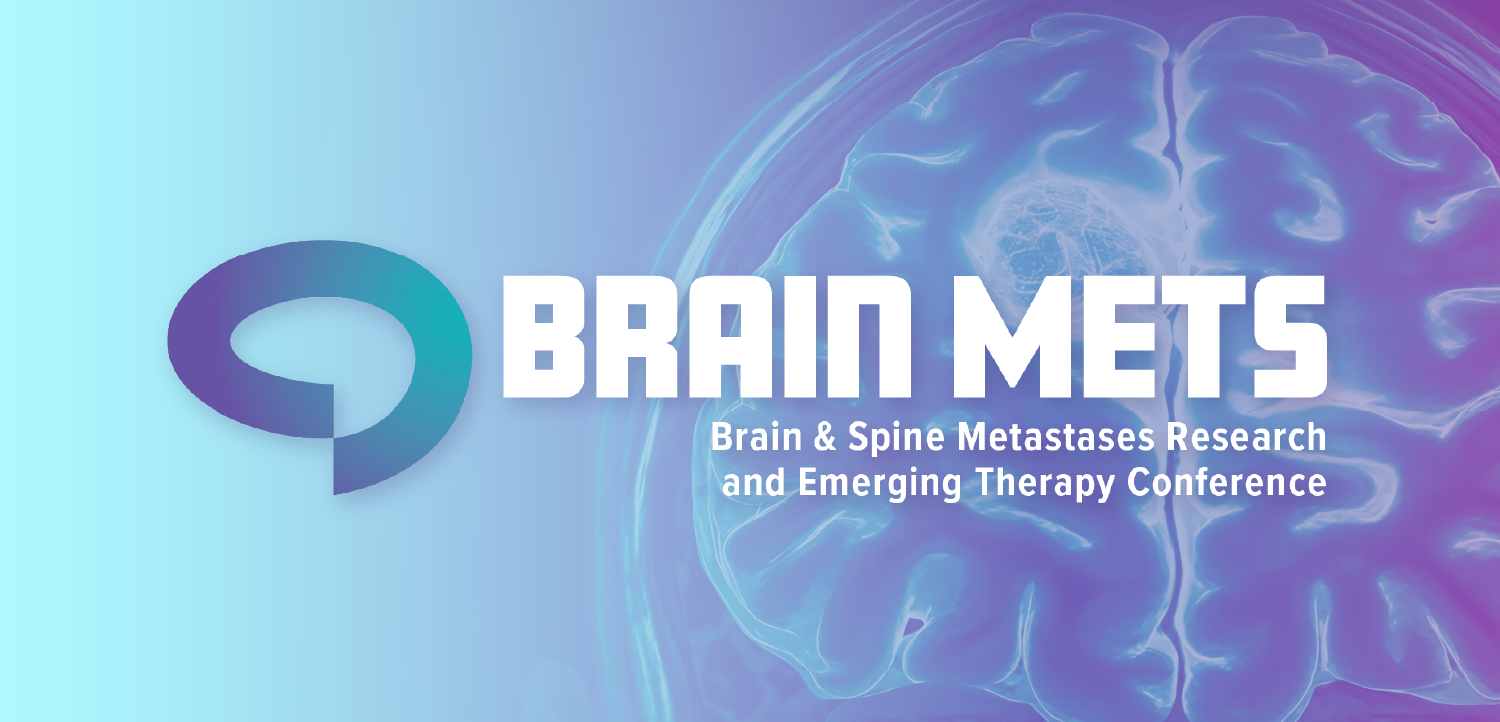
Why the CMS hospital infection program must be on every C-suite radar
Many hospital leaders don't know if they've been penalized, or how much they're losing. These penalties can add to cost pressures and damage public confidence.
Each year, the Centers for Medicare and Medicaid Services (CMS) penalizes the 25% worst performing of Short-Term Acute Care (STAC) U.S. hospitals under its Hospital-Acquired Condition (HAC) Reduction Program.
In the most recent CMS HAC data release this translated to 724 hospitals receiving a payment reduction for the 2025 year.
Yet, despite this significant number, many hospital executives can’t answer a simple question: Was our hospital penalized this year? And if so, by how much?
What the HAC program actually is
Established in 2014, the HAC Reduction Program incentivizes hospitals to reduce preventable patient harm. CMS evaluates hospitals using a composite score based on patient safety indicators (e.g., pressure ulcers, postoperative sepsis) and five healthcare-associated infections (HAIs):
• Central Line-Associated Bloodstream Infections (CLABSI)
• Catheter-Associated Urinary Tract Infections (CAUTI)
• Clostridioides difficile Infections (CDI)
• Methicillin-resistant Staphylococcus aureus Infections (MRSA)
• Surgical Site Infections – Colon and Abdominal (SSI)
The higher the composite score, the worse the hospital performance, and the hospitals with a score in the 75th percentile or above nationally are penalized, regardless of improvement from previous years.
The HAC penalty: More than just 1%
For hospitals landing in the worst-performing quartile, the penalty is a 1% reduction in Medicare payments. Though seemingly modest on paper, this reduction can amount to tens of thousands—or even millions—of dollars in lost funds. This is particularly challenging for hospitals operating on razor-thin margins.
In the 2025 HAC cycle, Definitive Healthcare (3) estimated:
• Total penalties exceeding $186 million
• Largest single hospital penalty approached $3.6 million
• Average penalty amount per single bed is $1,311.97
These penalties compound the already significant costs associated with HAC: prolonged hospital stays, higher care expenses, and potential litigation. Since hospitals must tap into their own reserves to cover these added patient care costs, this takes away funds that could otherwise support staffing, technology upgrades, or clinical programs diverted to cover the financial impact of preventable harm.
Reputation at stake
The HAC Reduction Program isn’t just about dollars. It’s also about public perception and a reflection of a hospital’s culture of safety.
This data is publicly available, which means that patients, competitors, and the media can easily see which hospitals were penalized. Having penalties tied to hospital-acquired conditions can damage public trust and lead to lost business, impact Leapfrog Safety Grades, and influence payer and partner negotiations.
Your next steps
In too many organizations, HAC performance is treated as an isolated quality metric and is often just discussed in a monthly committee meeting or buried in a board report. Rarely is it front and center in CFO dashboards or included in strategic planning sessions. That disconnect represents a missed opportunity for alignment—and for improvement.
Avoiding HAC penalties requires a cross-functional approach. This demands coordination across finance and quality leadership. Financial leaders must understand the cost implications of poor outcomes, while clinical teams need access to real-time data and resources to drive meaningful change.
The solution to this problem is a culture of shared accountability. To combat HAC outcomes a collaboration between the chief financial officer, chief medical officer, and infection prevention teams is essential.
Infection preventionists already track safety metrics, but these dashboards must now link directly to financial impact. This will help to proactively identify vulnerabilities in a facility’s scores and ignite the conversation and action needed to invest time and resources to improve patient safety and hospital HAI performance.
A call to action
If your hospital received a penalty, take time to dig deeper:
• How was your HAC score determined?
• What are the root causes?
• How quickly can interventions be implemented?
Even if your hospital avoided a penalty this year, vigilance is key. Performance is reassessed annually—success one year doesn’t guarantee immunity the next.
Every executive team should be able to confidently answer two critical questions:
1. Did we receive a HAC penalty this year?
2. If so, how much did it cost—and why?
In today’s healthcare environment, where every dollar and every patient outcome matters, knowing your HAC status isn’t just sound governance—it’s smart business.
Gabrielle Genovesi, MPH is a medical affairs analyst at BioVigil Technologies.
















































